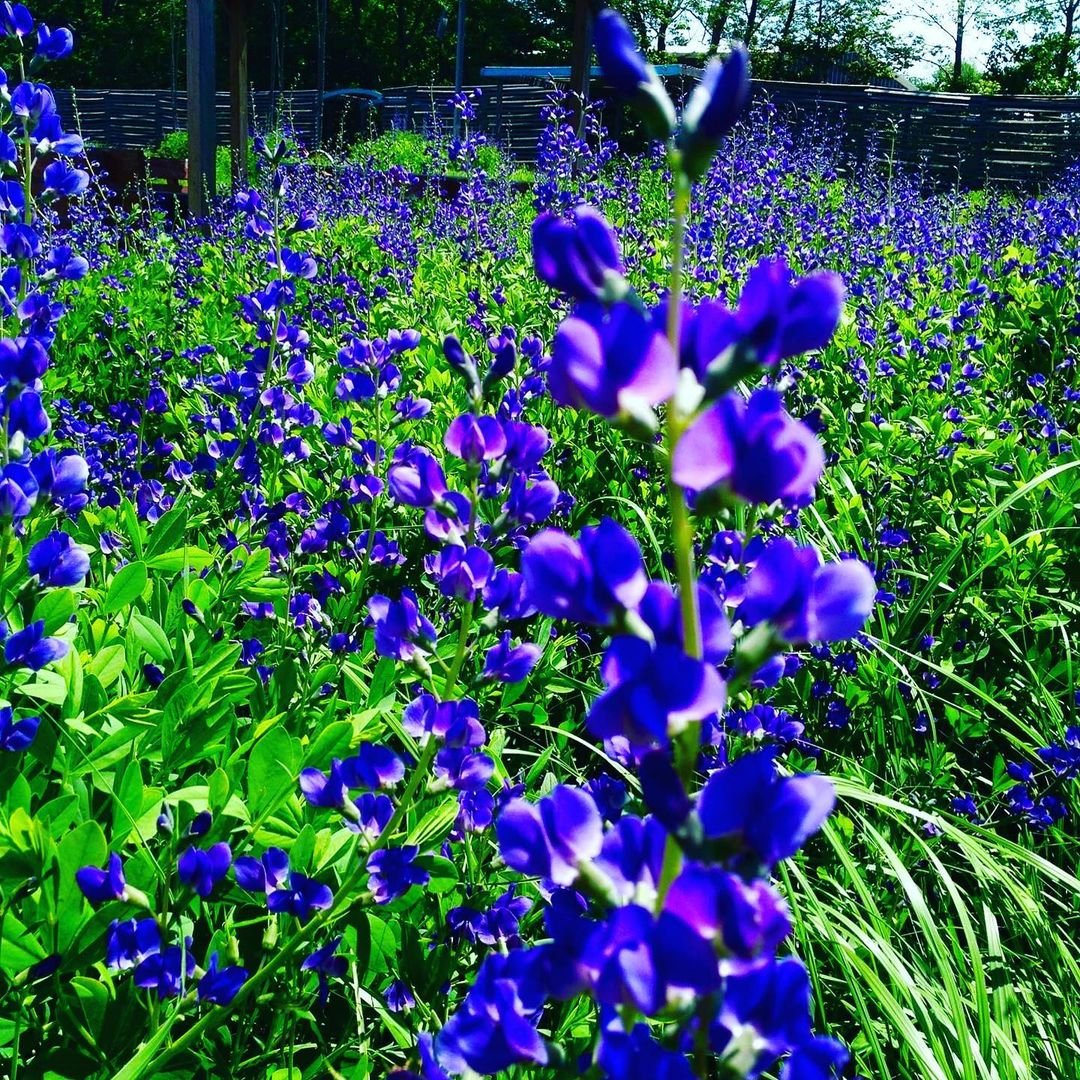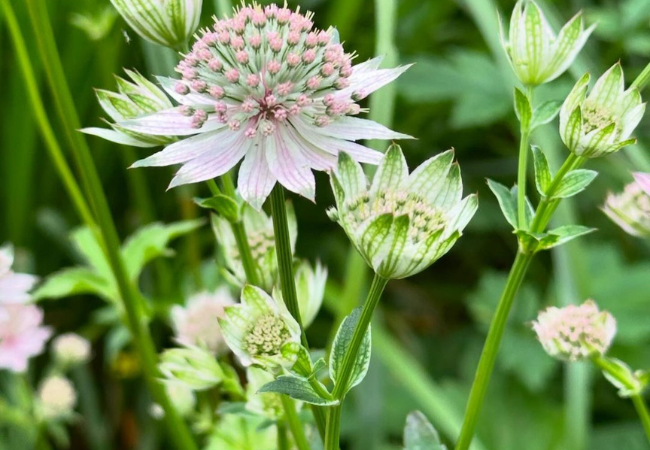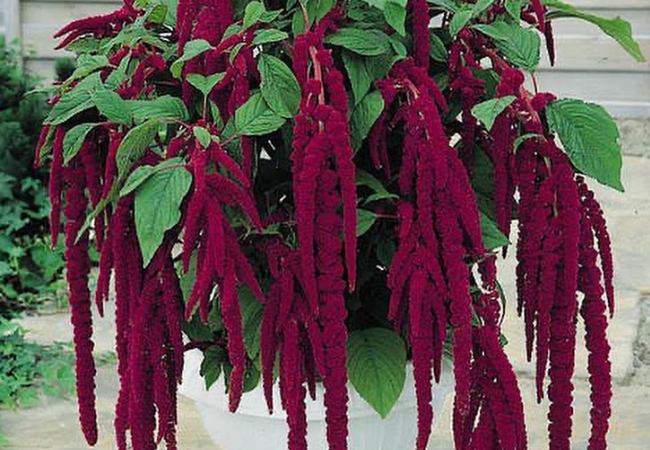Discover the beauty and benefits of Baptisia flowers, also known as False Indigo. Learn how to grow and care for these native North American plants, their uses in gardens, and interesting facts about their history and ecology.
Baptisia, also called False Indigo, is a beautiful flower native to North America. It’s becoming more popular in gardens because it’s easy to grow and looks great. In this article, we’ll talk about everything you need to know about Baptisia flowers, from how to grow them to why they’re good for your garden.
Here’s an information chart for Baptisia flowers (Baptisia spp.):
| Aspect | Details |
|---|---|
| Botanical Name | Baptisia spp. |
| Common Name | False Indigo, Wild Indigo |
| Plant Type | Perennial |
| Hardiness Zone | Zones 3-9 |
| Sun Exposure | Full sun to partial shade |
| Soil Type | Well-drained, sandy or loamy |
| Watering | Low to moderate, drought-tolerant |
| Growth Habit | Upright, bushy |
| Height/Spread | 3-4 feet tall, 3-4 feet wide |
| Special Features | Spikes of pea-like flowers in blue, purple, yellow, or white; attractive seed pods; nitrogen-fixing; long-lived and low-maintenance |
What is Baptisia?

Baptisia is a type of flowering plant that belongs to the pea family. It’s native to the eastern and southern United States. Baptisia plants are known for their tall spikes of flowers that can be blue, white, yellow or purple.
Types of Baptisia
There are several types of Baptisia. Some common ones are:
- Blue Wild Indigo (Baptisia australis)
- White Wild Indigo (Baptisia alba)
- Yellow Wild Indigo (Baptisia sphaerocarpa)
You can find more information about different Baptisia varieties to choose the best one for your garden.
How to Grow Baptisia
Growing Baptisia is pretty easy if you follow these steps:
- Choosing a Spot: Baptisia likes full sun or light shade. It needs at least 6 hours of sunlight each day.
- Soil: It grows best in well-drained soil. Baptisia doesn’t like wet feet.
- Planting: Spring or fall are good times to plant Baptisia. Space plants about 2-3 feet apart.
- Watering: Water regularly when the plant is young. Once established, Baptisia is drought-tolerant.
- Fertilizing: Baptisia doesn’t need much fertilizer. A light application in spring is enough.
For more detailed growing instructions, check out this Baptisia growing guide.
Caring for Baptisia
To keep your Baptisia healthy:
- Pruning: Cut back the stems in late fall or early spring before new growth starts.
- Support: Tall varieties might need staking to keep them upright.
- Dividing: Baptisia doesn’t like being divided. It’s best to grow from seeds or buy new plants.
Using Baptisia in Your Garden
Baptisia is great for:
- Perennial borders
- Wildflower gardens
- Cottage gardens
- As a background plant for shorter flowers
It looks nice with other sun-loving plants like coneflowers and black-eyed susans.
Benefits of Baptisia
Baptisia isn’t just pretty. It has other benefits too:
- Attracts Pollinators: Bees and butterflies love Baptisia flowers.
- Deer Resistant: Deer usually don’t eat Baptisia, making it a good choice if deer are a problem in your area.
- Drought Tolerant: Once established, Baptisia can handle dry periods well.
- Long-Lived: With proper care, Baptisia plants can live for many years.
Interesting Facts About Baptisia
- Native Americans used Baptisia to make blue dye.
- The name “False Indigo” comes from its use as a substitute for true indigo dye.
- Baptisia is the larval host plant for several butterfly species.
Common Problems and Solutions
Baptisia is generally a hardy plant, but it can sometimes have issues:
- Leaf Spots: This is usually caused by fungus. Remove affected leaves and improve air circulation.
- Root Rot: This happens in wet soil. Make sure your Baptisia has good drainage.
- Weevils: These insects can damage the leaves. Hand-pick them off or use organic insecticides.
Baptisia is a beautiful and easy-to-grow flower that can add color and interest to your garden. It’s great for gardeners in the USA because it’s native to our country and adapts well to different conditions. With the tips in this article, you can grow healthy Baptisia plants that will bloom year after year. Why not try adding some Baptisia to your garden this season?
Remember, gardening is a learning process. Don’t worry if everything isn’t perfect at first. With time and practice, you’ll become a Baptisia expert!
For more gardening tips and plant care guides, visit usagardenhub.com.






